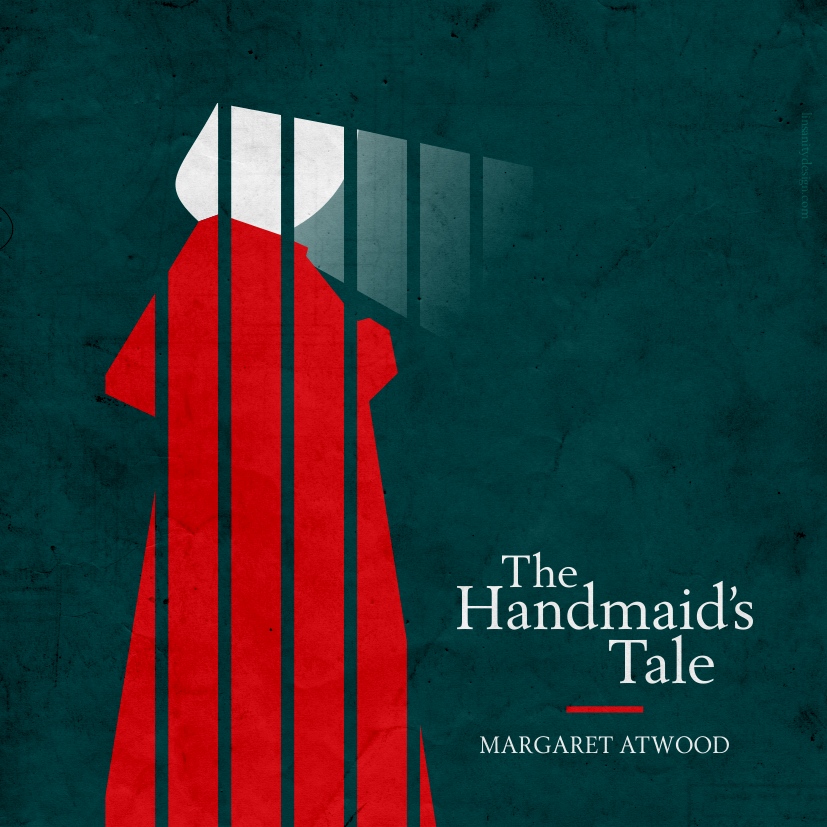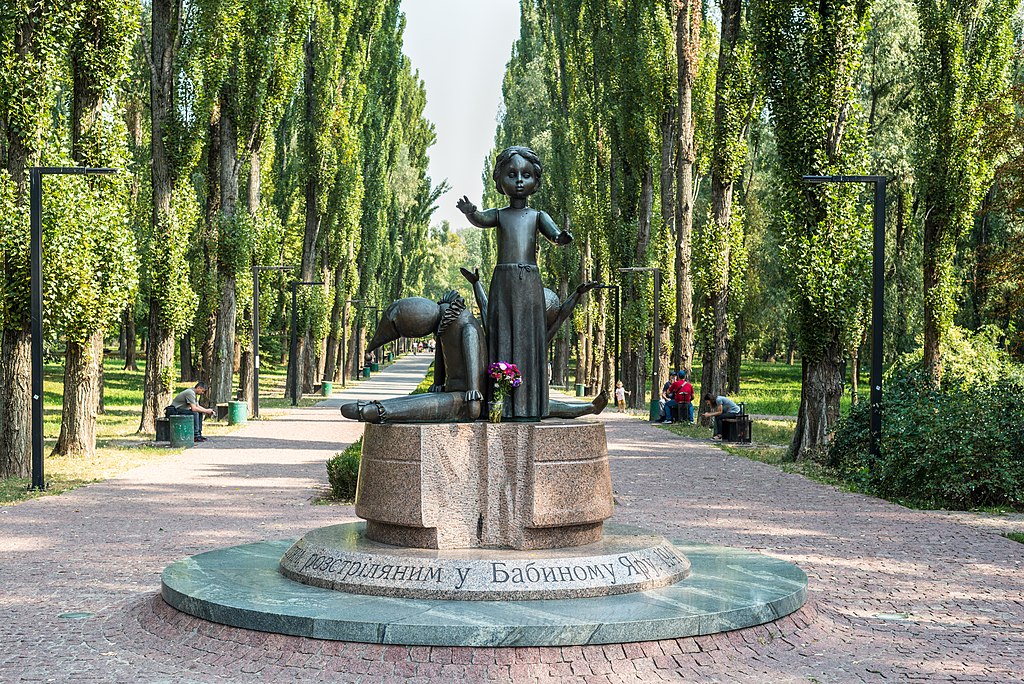On 18 August 1936, poet and playwright Federico García Lorca (1898-1936) was killed by General Francisco Franco’s Nationalist Civil Guard on a mountainside in Andalucia.
Now a short film set in Barranco de Viznar, near the site where hundreds — if not thousands — of people, including Lorca, were murdered and thought to have been buried in a mass grave at the beginning of the Spanish Civil War, is part of an exhibition in London paying tribute to Spain’s most treasured writer.
Muerto de Amor, on until 9 October at the MP Birla Millennium Art Gallery, in West Kensington, brings together the work of 11 artists, working in a range of mediums, including painting, ceramics and installations.
Artist Carlos Espana, who also curated the exhibition, transcribed and engraved 120 Lorca quotations on ceramic earthenware plaques and hung them from trees, using them as the emotional focus of the film, which, Espana says, honours the memory of Lorca and the other innocent victims who died there.
Under the Franco dictatorship, discussion of the atrocities of the Spanish Civil War was restricted. But over the last two decades, there has been a call for the country to come to terms with their harrowing past.
In 2009, historians and archaeologists excavated the site where the murder of Lorca and so many others were thought to have taken place, but, after two months, no human remains were found. The facts of the writer’s death remain shrouded in mystery.




